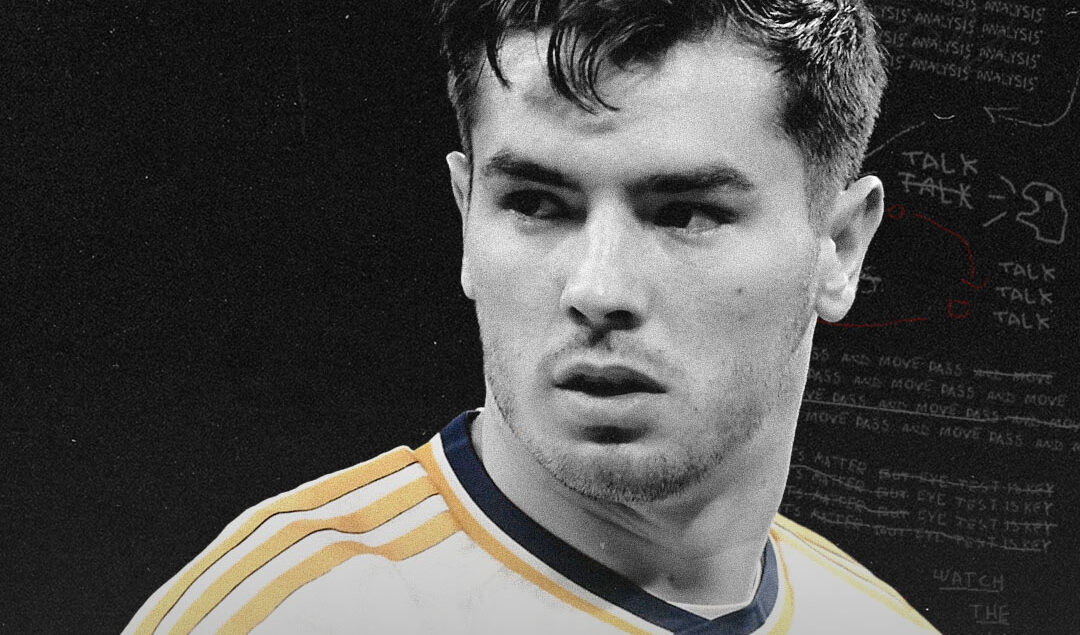How Football Fans’ Opinion Influences Player Transfers
Explore how football fans’ opinions can sway player transfers. Their emotion, expressed on social media or in the stadium, frequently impacts club decisions.
Football fan opinions have an impact on their sport’s domain. These followers exchange viewpoints, show backing or condemnation, and sway many club resolutions. This influence resides in the audience and online, where backers voice their thoughts clearly. Social media exists as a medium for clubs to measure emotions. Bold fan responses might add fuel to significant moves such as player trades. Thus, read this article that explores the influence of football supporters’ views on player transfers.
The Power of Fan Sentiment in Modern Football Transfers
Sentiment is important in modern football transfers and can shape a team. Football clubs often respond to their spectators’ intense and articulate opinions. Interaction reaches beyond stadium walls to multiple social media sites. Supporter sentiment can apply unrelenting pressure on club management, prompting rash decision-making under severe criticism. Open support for transfer moves and direct blame seldom go unnoticed.
Club management must assess the potential for fan revolt or delight before finalizing player transfers. Sometimes, bookmakers may even include sports markets on player transfers. So you can search betting sites with no deposit limit and make some predictions if you are certain about an impending transfer.
There were plenty of controversial transfers affected by fans’ reactions. The Neymar to Barcelona saga is one shining example. A public outcry over extravagant spending played a part in the negotiations’ failure. A proposed move for Alexis Sanchez from Arsenal to Manchester City also met with stiff fan resistance and did not proceed. Fernando Torres moved from Liverpool to Chelsea amidst tumultuous excitement from Chelsea fans despite objections from their rivals. Ajax enthusiasts also had a say when Frenkie de Jong planned his move from Ajax to Barcelona. Protests outside De Jong’s residence delayed the agreement’s finalization.
Social Media Influence: Amplifying Fans’ Voices
Social media platforms amplify followers’ voices. These online channels increase their influence on player transfers. Countless fans visit Twitter, Instagram, and Facebook each day. On these sites, intense discussion about football arises frequently.
Passionate debates focus on transfer actions. Fans openly express their likes or dislikes through these networks for all to view. Thus, clubs and players see social media as vital for gaining feedback and interaction.
Clubs now engage with this feedback by:
- Making formal responses to queries and concerns.
- Holding live Q&A sessions where management interacts directly with followers.
- Organizing online polls to get the majority view on various topics.
Football players are not left out of this cycle either. They often join in the dialogue on these channels to affirm or mend their image as needed, especially during transfers.
Fan Surveys and Market Research: Shaping Transfer Strategies
Football clubs now depend on fan surveys and market research. These methods help clubs understand which players enjoy fans’ support. Such research gathers facts like favored contenders for captaincy or potential new signings. This ritual reveals much about fan behavior. It highlights what they like and their likely reactions to future transfer scenarios.
In the past, clubs only involved backers through their attendance at games. But digital shifts substantially altered this tactic. Now, modern plans employ market research to tap into constant fan input in club affairs. These advanced methods, paired with frequent social media exchanges, offer insight. They shape player contracts or transfers to reflect popular fan sentiment.
Balancing Fans’ Desires with Club Objectives
There is an art to balancing fan desires with club objectives. Football clubs face a quest to make their enthusiasts happy while reaching goals. The job of player transfer has never been easy.
- Fulfilling fan dreams means involving them in affairs like player trades. Reputation ranks high, who desire their favorite stars under their club’s banner, no matter the cost. Yet clubs must secure optimum profitability and performance.
- Financial limitations come into play here. Clubs budget their earnings to cover wages, stadium maintenance, and transfers. A wrong investment can harm the overall financial health.
- Last but not least, clubs must prioritize team performance above all else. Just because fans have a soft spot for a player doesn’t mean he fits the squad’s tactics or chemistry.
Such conditions put clubs in a tight spot. Therefore, they find the right balance between satisfying expectations and aiming to achieve club ambitions. They study trends, map smart transfer plans, invite opinions, and retain ultimate control over final decisions.
Shaping Public Perception and Transfer Rumors
Media plays a large role in forming public views and transfer hearsay. Its coverage often shapes how followers perceive certain actions. For example, by highlighting a player’s positive or negative aspects, they can sway public sentiment in that direction. Transfer rumors also usually start in the media. It is common to see headlines indicating the possibility of a player’s move, especially during transfer windows. Such news often sparks debates and discussions, causing uproar or excitement.
Followers read these news updates widely on different platforms – newspapers, websites, TV news channels. This greatly influences their perspectives on potential transfers. In fact, even before the clubs make official announcements, fans may have already formed strong opinions based on these rumors.
This impression and sentiment do not escape club management’s notice. They may derive decisions due to pressure borne out of mixed reactions from fans as triggered by media reports. Therefore, while fan sentiment does affect football transfers partly, it is many times media coverage that provokes this fan response in the first place.
